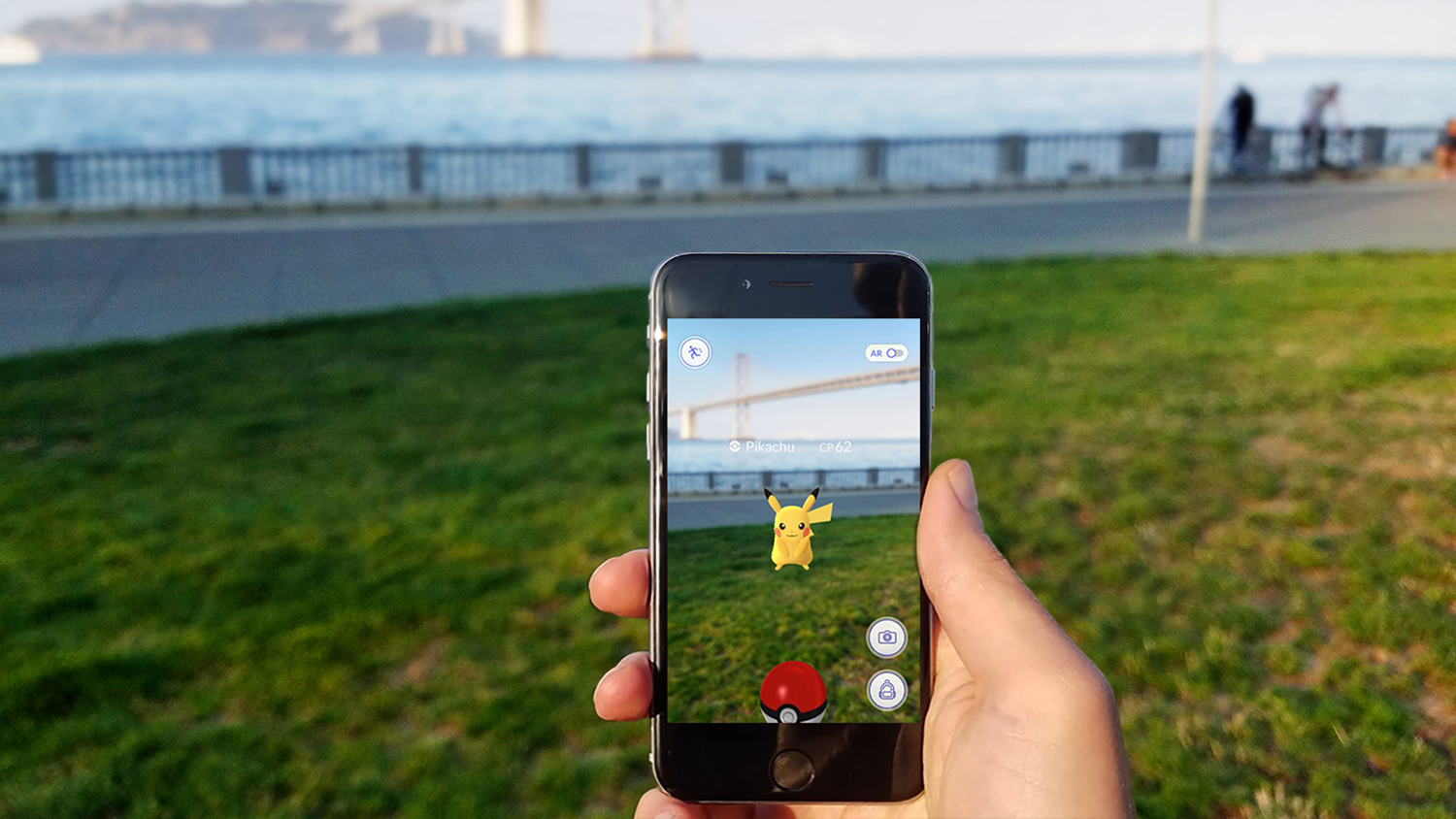The real world around you only goes as far as you can see. If you look at it through your phone or tablet, will you see more? Augmented Reality (AR) can deliver that. A “digital layer” can be applied to the view seen by a smartphone or tablet in camera mode, delivering data to the user that could convert a store visit into a sale.
Trying to figure out the best uses for AR, though, has its challenges. First uses in recent years have been “gimmicky.” The technology simply did its thing to amuse the user, nothing more. Only now, some companies have figured out how to deliver that “next step.”
Little Monsters
Millions of people got their first taste of augmented reality playing Pokemon Go. Users were already familiar with the cartoon series and its companion card game. With AR, they got to spot and catch the little monsters in their cell phones. Once a Pokemon was caught, the player went to another place to catch another Pokemon, and another, and another.
“Pokemon Go effectively brought the concept Augmented Reality to the mass market, but we believe it shouldn’t be seen as the answer, but as a great simple demo of what the answer could look like in 3-5 years,“ said Xava Fragoso, chief product officer for INDE.
Still, you have to start somewhere. “The most visible manifestation of AR is the gimmicky stuff,” said Mark Matthews, marketing manager at Next/Now. Yet AR is poised to become the technology everybody uses.
Reality is Made of Many Layers
To take AR past the gimmick stage, one has to change what AR does.
“There is a sort of hidden digital layer existing everywhere over everything,” Matthews continued. It is invisible to the casual observer, but can be seen using a tablet or smartphone. And that layer can deliver information to the viewer. AR can put the smarts into the smartphone, but the experience will be no better than the app that delivers it.
“A good tool starts getting good value from the experience,” said Dan Ferguson, executive vice president and partner for digital at Groove Jones.
How you deliver that experience matters, and there are ways to do it poorly. “A lot of text is not that great,” Ferguson noted. “Content must be purposely built for the device.” Long content may not be a good idea if users have to hold up their tablets up for minutes to watch it, he said. “And now, a lot (of content) is snackable.” he continued. “We’re still figuring out the best use categories.”
“Despite the inevitable gimmicks, the face apps, the inward looking marketing campaigns, augmented reality provides real power in the right hands.” Fragoso said. “What AR does not do is offer the chance to turn a bad idea into a good one.”
Do It Yourself or We Can Do It for You
Software developer kits allow cyber-savvy companies to develop their own content. So yes, companies can take a “do it yourself” approach to doing AR-based marketing. Do they know what they are doing? Should they hire an outside agency to help?
“I’d love it if they hired groups like us,” said Ferguson. If that is not the case, Groove Jones will work with the internal teams of various corporate clients. Still, there are some cultural differences between an internal team and an outside consultant. “Everybody is afraid of beta,” Ferguson said. “We embrace it.” Sometimes the client is cautious and skeptical, viewing anything at the leading edge as the “bleeding edge,” fraught with difficulties. You can wait until you “do it right,” but “then the competitor gets it first,” he noted.
Groove Jones can do the the work internally before the project goes public, plus previous experience can move the project faster towards an earlier release, Ferguson explained. Case in point: the Dallas Mavericks. A huge mural for the NBA basketball team features a still shot of Dennis Smith Jr. about to deliver a slam-dunk shot.
When viewed through a smartphone screen, the building-tall image of Smith comes off the wall to actually deliver the ball. “That experience took six weeks to produce.” Ferguson said. Only five people were needed to craft the app.
“The majority of agencies that are currently talking to clients about delivering AR experiences and products have little or no experience of AR or likely VR design.” Fragoso said. That does not dim AR’s promise, however. “From day one INDE saw huge potential using AR for marketing and advertising. We quickly identified, as many others have, that engagement is an increasingly precious commodity in people’s busy lives. AR offers a layer of amazement, a layer of new information and content that was previously unimaginable.”
“AR is not and will never be a medium for delivering advertising any more than video is/was. People are wiser now than 5 years ago about why and where they’re being served digital content. “ Fragoso continued. People will use the service accordingly.








